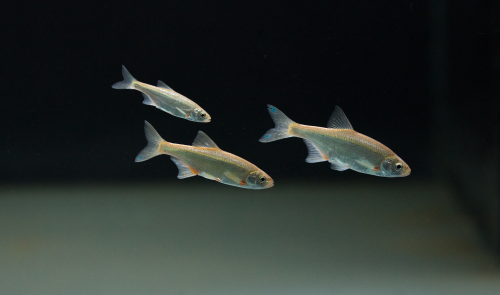Ecological Connectivity
From BAWiki
Since the revised Federal Water Act came into force on 1 March 2010, the German federal government has been responsible for maintaining and restoring ecological connectivity at the damming structures built and operated by the German Federal Waterways and Shipping Administration (WSV). An initial analysis showed that the majority of WSV-operated barrages fail to ensure connectivity and consequently require upstream and downstream fishways to be built.

In addition to providing consultancy to the WSV regarding the planning of measures and activities to enable upstream and downstream fish passage, the BAW and the Federal Institute of Hydrology (BfG) are jointly working on research and development projects, often in co-operation with universities. These projects aim at providing answers to unresolved questions that are relevant for planning. There are three fields of research and development.
| Standardisation The purpose of research work on specific shortcomings of existing design specifications is to develop a standard for upstream and downstream fishways with regard to the conditions on Germany’s federal waterways. |
R&D Besides the standardisation work, which is very much related to specific elements of fishways, there are a number of research projects dealing with basic issues. These will require additional development work before they can lead to any design specifications. |
Pilot sites Another important element in the research work conducted by BAW and BfG are pilot facilities built on different federal waterways. At the pilot sites important questions about the behaviour of fish in their natural environment are to be examined. |
back to: Hydraulic Engineering Methods
